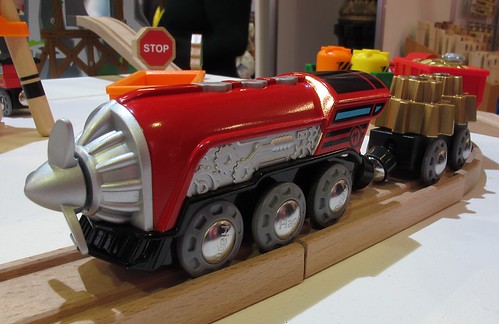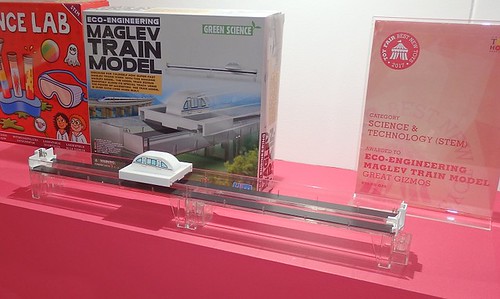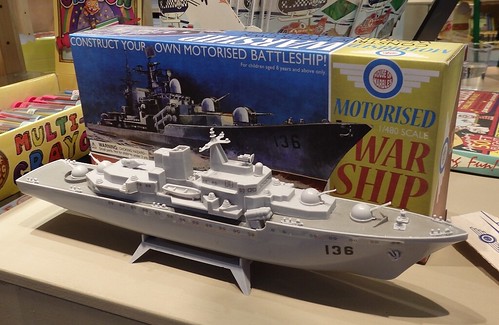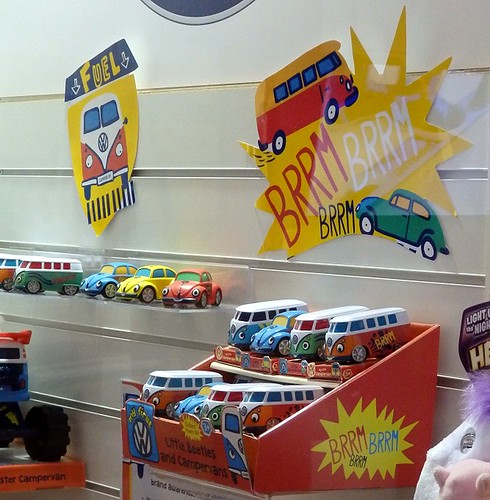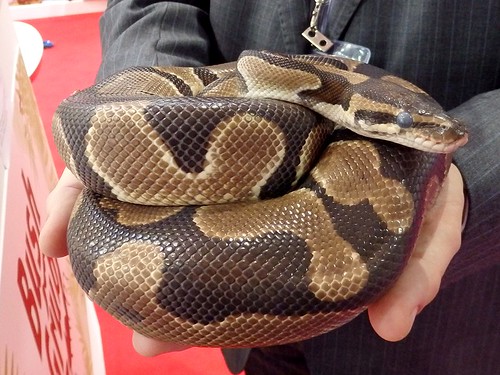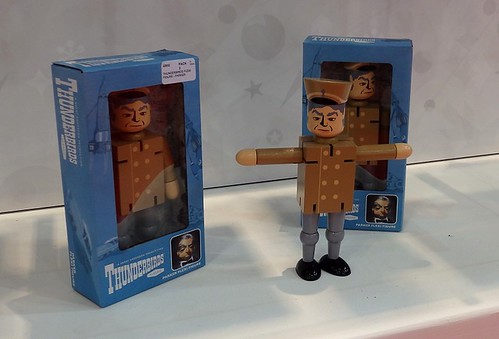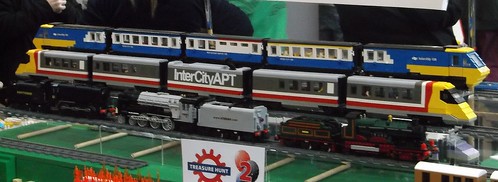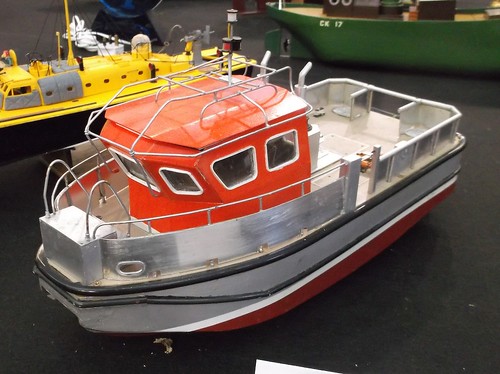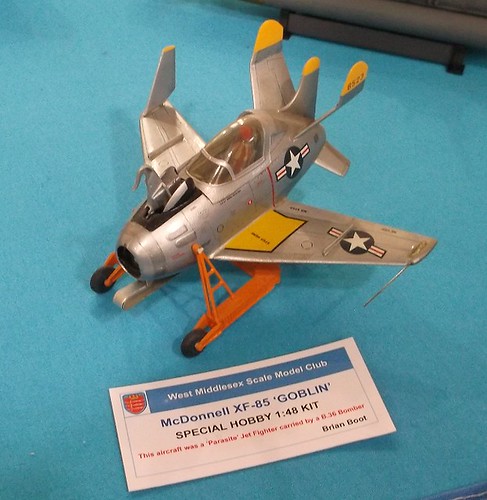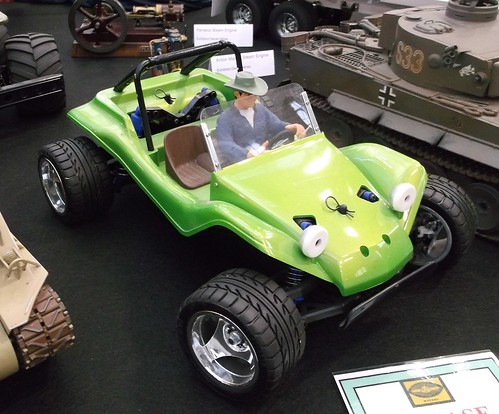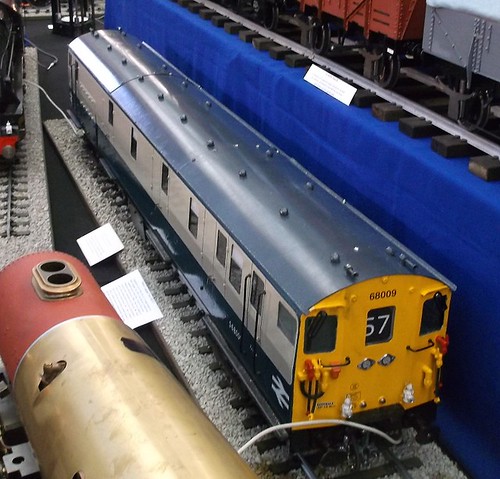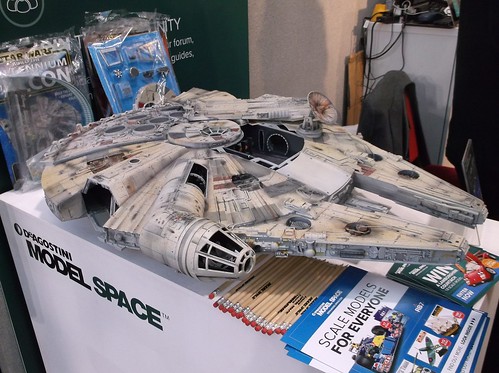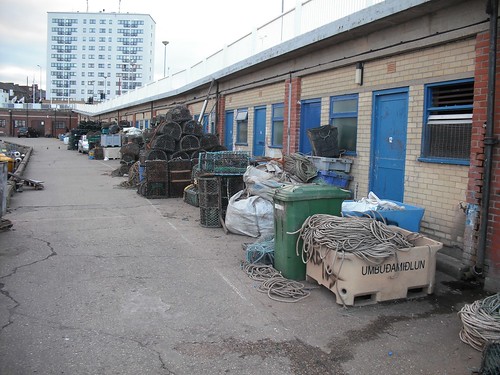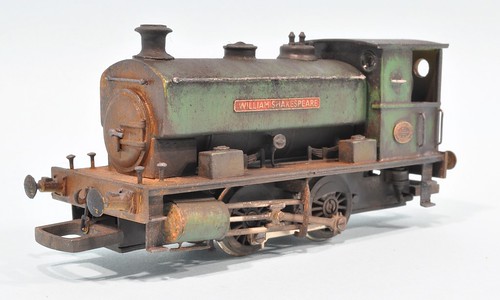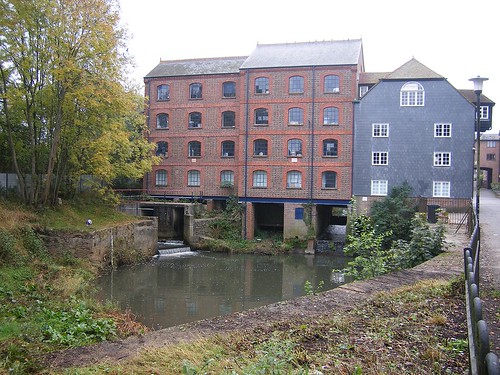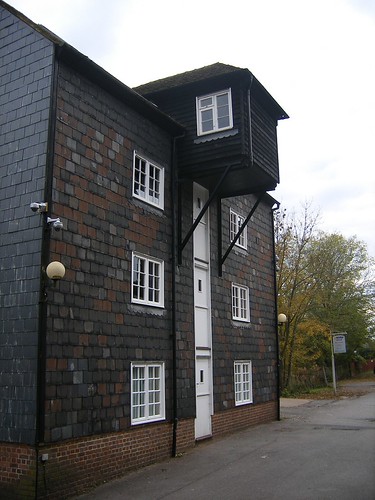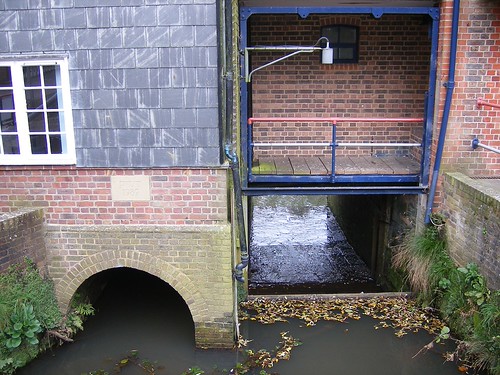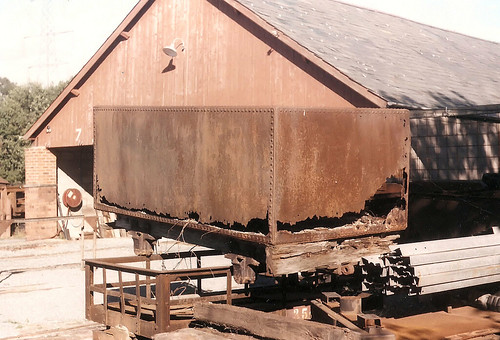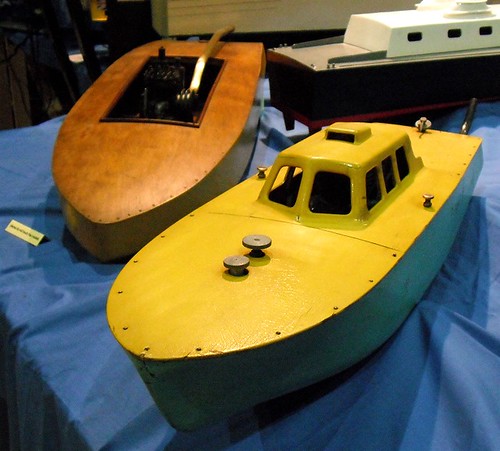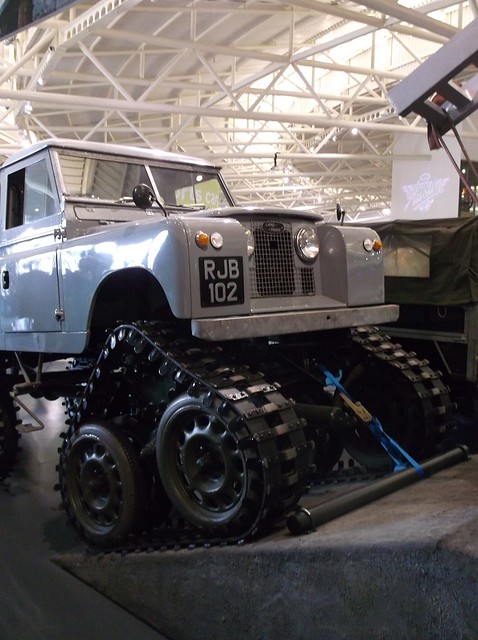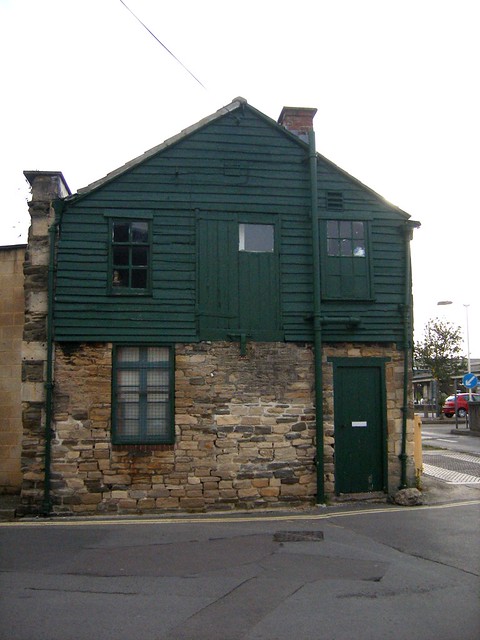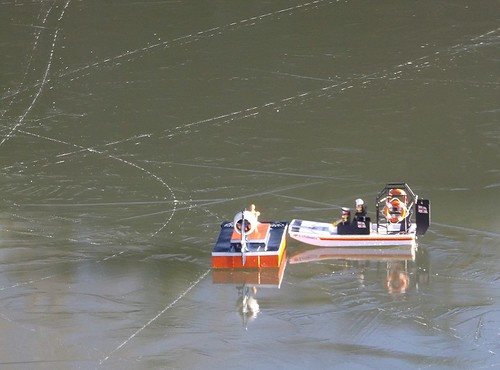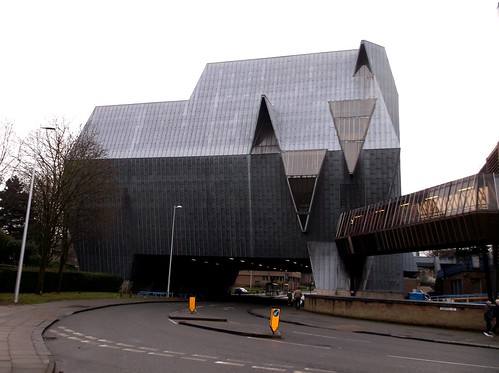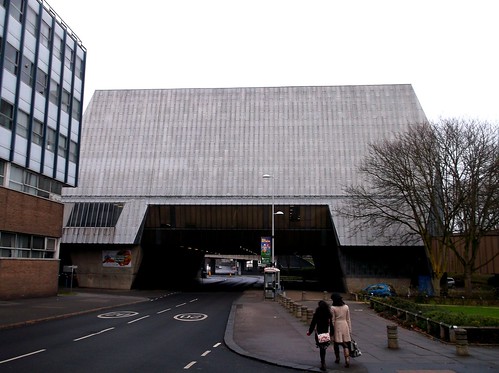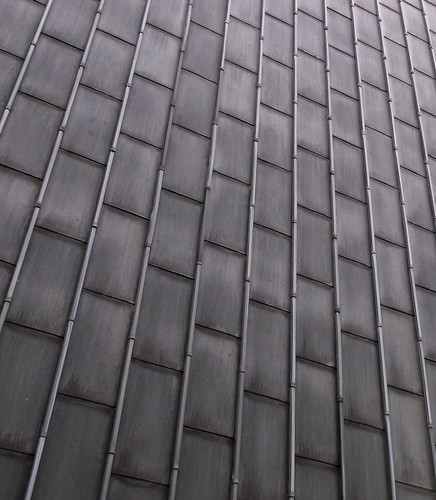Publisher: Wild Swan
ISBN: 978-0953-877-171
A4 Softback
120 pages
£24.95
I've always been a bit of an Iain Rice fan. Most of his books and magazines can be found on my shelves somewhere. Generally, he does the sort of modelling I try my best to emulate. The early MRJs he was involved with were a delight with plenty of brass bodgery resulting in character filled models that the current magazines don't seem match, no matter how technically perfect the current crop of miniatures are.
This isn't to say Rice is perfect. While his books on detailing RTR wagons and the follow-up on kits were superb, the third in the series on locos was (to extend the metaphor in the book itself) over-garnished with it's quality ingredients swamped in a sea of florid prose. What it needed was an editor to say, "Look here old chap, I think we need to make a few changes..."
So, when I saw
Creating Cameo Layouts advertised, I knew I was going to have to buy a copy - it's a subject that I'm very much into - but I wondered which Rice I would find inside.
I needn't have worried. This is Rice back on top form.
What we have is a treatise on the theory and practise of building tiny model railway layouts. Much of this has been developed from his previous design books and if you have those you will recognise some of the idea although not the material. I don't have a problem with this, these books are written over a long period and it's likely there will be many readers coming to the subject cold.
This book also benefits from improvements in photography and is well illustrated throughout with plenty of eye-candy layouts, and less eye-candy layout operators. Visually, this is Wild Swan at their best too.
Add to this, Rice's own excellent sketches to illustrate points throughout and this is well worth it for the pictures.
The text assumes you are interested in the subject (why else would you have bought the book) but makes suggestions rather than hard and fast rules. I'm sure there will be MRJ articles which grandly state "I followed the principles from Iain Rice's seminal Cameo Layouts book" but that's just showing off in the same way chicklit writers include Louboutins. The point is, Rice has taken a long look at ways to present a small layout and tells you how he's done it but also how others have gone about the task differently.
You won't be short of hard facts though. While every layout design book mentions building curves into the corner of your backscenes, here are told HOW to do this. I've not seen this anywhere else in the past and now will be doing the curved corner thang on my next project. Probably.
As this is a review, we better have some criticism. There are a few hints at finescale snobbery - you CAN build cameo layouts in OO as several of Mr Nevard's models illustrating the pages show. The "shot-gun peppering" application of layout plaques overlooks the pride people have in attending shows too, although the context it is used in makes perfect sense and I can see and agree with the point being made.
I wonder too how much difference all the lighting ideas will make when the model appears at a normal show with light spill from windows and other illumination. That's not to say it isn't interesting and nothing will defeat those NEC lights. It's also very reasonable to assume most layouts will never see a show but deserve the sort of quality presentation espoused when at home. I'd suggest that if you follow the techniques shows here, the model will enhance the domestic environment and "normal" people will suddenly understand what we enjoy about the hobby.
If you are inspired to have a go, the book finishes up with a series of projects to inspire. I'd happily have a go at several of them and would recommend anyone contemplating a "serious" model project to start here rather than launch straight into their magnum opus. Not that they will take any notice but it's worth a go.
Looks good. Reads well. Interesting subject. What more is there to say?
You can buy the book from Amazon.
